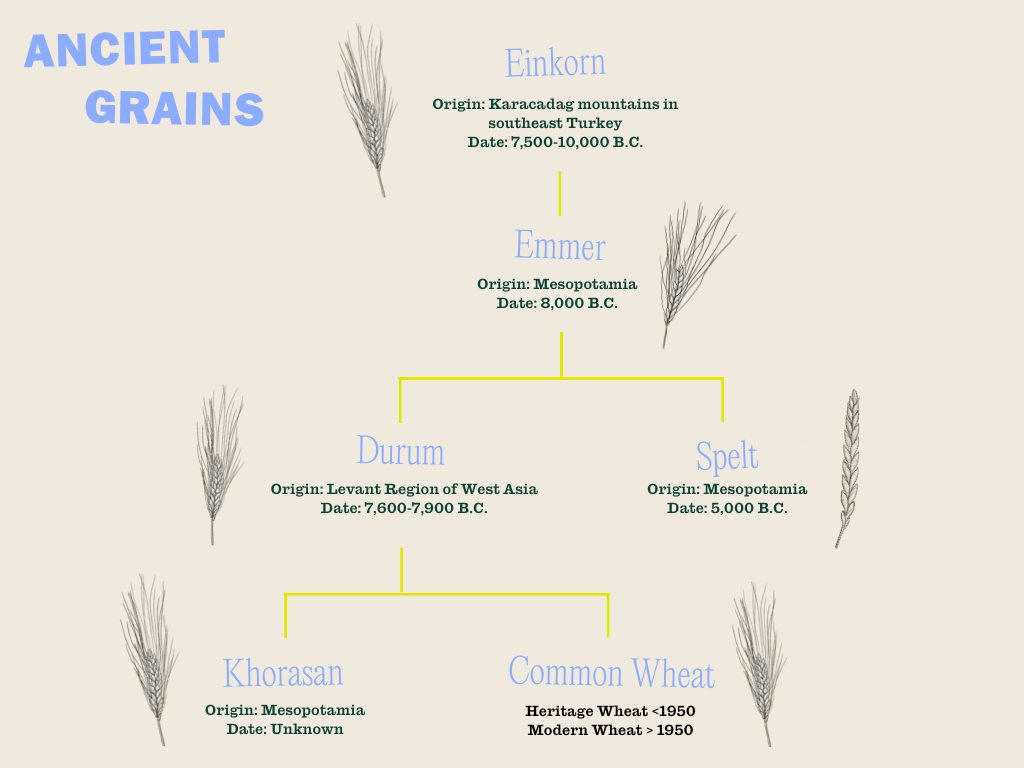A wheat kernel has three parts—the bran, the germ, and the endosperm. In the process of making white flour, the bran and germ are removed. However, the bran and germ carry many of the important vitamins and minerals that make grains nutritious—including fiber, protein, antioxidants, vitamin B6, and magnesium. What is left behind after the nutrient stripping is a simple source of carbohydrates, and little else.
Scientists have linked the consumption of foods made from refined grains to a host of chronic diseases, including type 2 diabetes, cancer, and cardiovascular disease. Additionally, a growing portion of the population is being diagnosed with Celiac disease, an immune disorder where one’s small intestine is damaged every time they eat gluten (a set of proteins found in wheat, barley, and rye). Many more have general issues with digesting gluten, identifying as gluten intolerant.
Some of these phenomena can be attributed to the rise in use of ungerminated grain and fast-acting baker’s yeast in mainstream grain products. Ungerminated grains are ones that have not been soaked or sprouted before being processed. Soaking and sprouting releases enzymes from the grain that break down the proteins and carbohydrates in the kernel, making the final product easier to digest. Similarly, the use of fast-acting baker’s yeast replaced the practice of long slow fermentation—the use of a natural levain or a sourdough starter in the breadmaking process. Fermentation helps to break down the carbohydrates in flour—preventing future blood sugar spikes—and it also helps to enrich the natural flavors of the grain and make important nutrients easier for our bodies to absorb.
And of course, ingredients play a critical role. Existing studies on wheat consumption and people with gluten sensitivity suggest that heritage varieties pose fewer problems to our digestive system and overall health compared to modern varieties. Modern wheat varieties have been linked to increased gut inflammation, which causes the feelings of bloating and cramping after eating wheat. Ancient and heritage grains have been linked to suppressed inflammation. In side by side comparisons, people who eat ancient and heritage grain products experience far fewer digestive issues than those who eat modern grain products.
For the majority of the last 10,000 years, bread has been a health food. Before the 19th century, all bread was sourdough bread, and ancient and heritage grains, soaking and sprouting, and long slow fermentation were always a part of the breadmaking process. Modern food science continues to show that breads made in this way have enormous nutritional benefits.

